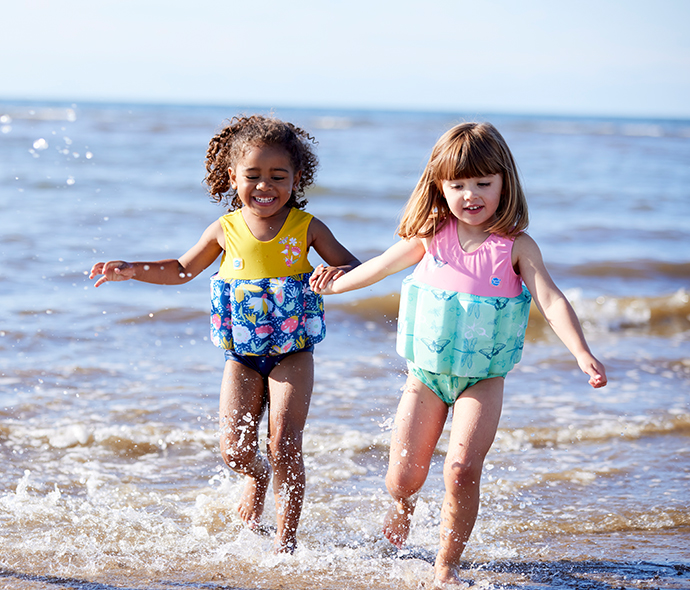Regarding water adventures, your child’s comfort, safety, and style are top priorities. A high-quality kids’ wetsuit will make a difference if your kids are budding surfers, boogie board enthusiasts, or enjoy splashing in the surf. This comprehensive guide will take you through the worlds of kids’ tops. You will learn why they are so important, understand their anatomy, find the perfect fit, and explore materials other than neoprene.
1: Why Kids’ Wetsuit Tops Matter?
Kids Wetsuit Tops for children are more than a fashionable piece of beachwear. These tops ensure your children’s comfort, safety, and enjoyment of water activities. These tops work by trapping a layer of water next to the skin. Your body generates the warmth. This is important, particularly in colder waters. Therefore, wetsuit tops should be a part of any aquatic adventure.
2: The Anatomy of Kids’ Wetsuit Tops
Before making a purchasing decision, it’s important to be aware of the most important components of a kid’s wetsuit. These tops have several key components, including:
- Nose Closure: Many wetsuit tops are equipped with a neck closure. This is usually a Velcro strap or a zipper. This helps to ensure a secure fit and keeps water out.
- Sleeves: Wetsuits have short or longer sleeves, depending on whether they are intended for use in colder waters. Long sleeves offer more insulation in colder temperatures.
- Materials: Wetsuits are usually made with neoprene.
3: Choosing the Right Fit
Selecting the right size and fit of a child’s wetsuit is important. It is important to choose a top that fits well. This will ensure maximum comfort and warmth. When looking for the right fit, you should consider:
- Dimensions: Compare your child’s measurements (including chest, waistline, and height) to the manufacturer’s sizing chart.
- Fit Snug But Not Tight: A good fit is snug but not too tight. There should be sufficient room to move but not excessive looseness.
- Range Motion: Make sure the top of your wetsuit is flexible enough to allow for full movement. This is important, particularly if your children are involved in active sports.
4: Materials Matter: Neoprene and Beyond
Neoprene tops are the most commonly used material in wetsuits because of their insulating and flexible properties. Technology has introduced other materials like eco-friendly and lighter options. It would help to consider your child’s comfort and water temperature when selecting a fabric. The thicker neoprene suits colder waters, while the thinner neoprene suits warmer water.
6: Designs for Every Kid
Kids’ wetsuits are available in a variety of styles and designs. The designs are available in various styles and patterns, including vibrant and playful prints and sleek and classic styles. Please encourage your child to select a pattern they enjoy, as this makes them more enthusiastic about wearing their top.
7: Caring for Kids’ Wetsuit Tops
Wetsuit tops for children should be properly cared for to ensure longevity and functionality. These are the most important tips to care for your child’s wetsuit top.
- Rinse Following Use: Rinse them with fresh water in the wetsuit after each use. Remove salt, chlorine, and sand.
- Air Dry Your Wetsuit Top: Hang the top to air-dry in a shady place. Avoid direct sunlight because it can damage the material.
- Avoid Sharp objects: When handling wetsuits, be careful around sharp objects. Neoprene can easily be punctured.
Conclusion
You are investing in your child’s safety, comfort, and enjoyment when they participate in water activities by purchasing a high-quality kids’ wetsuit. You can decide on the wetsuit you want to buy for your child based on the information in this guide. Remember to choose the right fit and materials for the conditions of the water, try out new designs, and care for your wetsuit. Your child will enjoy their aquatic adventures knowing they are warm and stylish.





Be First to Comment